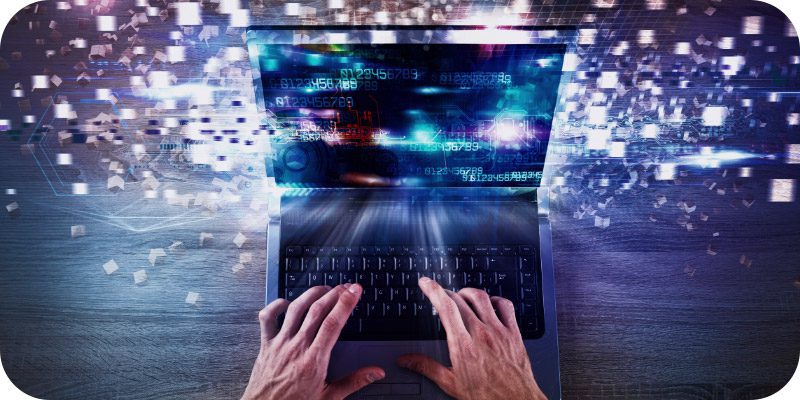9 MDR Key Features Your Enterprise Solution Should Have


The editors at Solutions Review examine some common MDR key features to look for when browsing for an enterprise solution.
MDR (Managed Detection and Response) is an advanced security service that combines proactive threat hunting, real-time monitoring, incident response, and continuous improvement to enhance the security posture of enterprises. MDR providers leverage cutting-edge technologies, threat intelligence, and skilled security analysts to detect, respond to, and mitigate cyber threats effectively. MDR enables enterprises to focus on their core business activities by offloading the burden of managing complex security technologies and operations to experienced security professionals. By partnering with an MDR provider, organizations can leverage their expertise, advanced tools, and industry knowledge to strengthen their security posture without significant upfront investments in security infrastructure and personnel.
These are some of the key features that a robust MDR solution should have to protect enterprises from cyber threats effectively. However, it’s important to note that specific requirements may vary depending on the organization’s size, industry, and risk profile.
With these key features in mind, check out some MDR solutions in our free Buyer’s Guide here!
9 MDR Key Features Your Solution Should Have
A comprehensive MDR solution should have several key features to protect enterprises from cyber threats effectively.
Here are some of the essential features:
- Threat Detection and Monitoring: The MDR solution should have advanced real-time capabilities to detect and monitor cyber threats. It should employ a combination of signature-based and behavior-based detection techniques to identify known and unknown threats.
- Endpoint Visibility and Protection: The solution should provide deep visibility into endpoints (such as workstations, servers, and mobile devices) to detect suspicious activities or anomalies. It should also offer endpoint protection mechanisms like next-generation antivirus, host intrusion prevention, and application control to prevent and mitigate attacks.
- Network Traffic Analysis: MDR should include network traffic analysis to monitor and analyze network communications for potential threats. It should be capable of detecting abnormal traffic patterns, identifying malicious activities, and providing insights into network-based attacks like command and control (C2) communication.
- Threat Hunting and Investigation: The MDR solution should have proactive threat-hunting capabilities. It should employ advanced analytics and threat intelligence to proactively search for indicators of compromise (IoCs) and identify hidden threats that may have bypassed initial detection. It should also provide investigative capabilities to effectively analyze and respond to security incidents.
- Incident Response and Remediation: A crucial aspect of MDR is responding swiftly and effectively to security incidents. The solution should have predefined incident response playbooks, allowing security teams to automate and orchestrate response actions. It should also guide containment, eradication, and recovery steps to minimize the impact of security incidents.
- 24/7 Security Operations Center (SOC): MDR typically involves round-the-clock monitoring and support. The solution should include a dedicated SOC or access to a team of experienced security analysts who can continuously monitor and respond to security alerts. The SOC should have access to the latest threat intelligence and tools for effective incident response.
- Threat Intelligence Integration: MDR solutions should integrate with external threat intelligence feeds and platforms to leverage up-to-date information on emerging threats and attack techniques. This integration enables the solution to stay updated and effectively identify and respond to the latest threats.
- Reporting and Analytics: The solution should provide comprehensive reporting and analytics capabilities. It should offer real-time dashboards to visualize security events, trends, and key metrics. It should also generate detailed incident reports for compliance purposes and facilitate security improvement initiatives.
- Continuous Improvement and Collaboration: An effective MDR solution should continuously evolve and improve its detection capabilities. It should leverage machine learning and AI algorithms to learn from past incidents and adapt to new threats. The solution should also encourage collaboration between security teams and the MDR provider to share knowledge and insights for enhanced protection.
In summary, MDR plays a crucial role in enterprise security by offering advanced threat detection, real-time monitoring, incident response, and continuous improvement. It addresses the challenges posed by sophisticated cyber threats, ensures prompt response to security incidents, enhances overall security capabilities, and allows organizations to concentrate on their core business while benefiting from the expertise of skilled security professionals.
Widget not in any sidebars
This article on MDR key features was AI-generated by ChatGPT and edited by Solutions Review editors.























